Introduction
The world of lighting has seen a significant transformation in recent years, with LED technology taking center stage. Among the various options available, T8 LED tube lights have gained immense popularity due to their energy efficiency and longevity. However, many individuals wonder whether they can make the switch from traditional fluorescent tubes to LED without the hassle of removing the existing ballast. Let's delve into this topic to understand the feasibility and implications of such a transition.
What are T8 LED Tube Lights?
To grasp the concept fully, it's essential to understand the basics of LED lighting. T8 LED tube lights are a type of LED fixture designed to replace traditional fluorescent tubes commonly found in commercial and residential settings. These LED tubes offer several advantages over their fluorescent counterparts, including higher energy efficiency, longer lifespan, and reduced maintenance requirements.
Compatibility of LED Tubes with Ballast
One of the primary concerns when considering the replacement of fluorescent tubes with LED is the compatibility with existing ballasts. Ballasts are devices used in fluorescent fixtures to regulate the flow of electrical current. While some LED tubes are compatible with ballasts, others require the ballast to be bypassed or removed altogether for proper functioning.
Pros of Keeping the Ballast
Opting to retain the ballast when installing LED tubes offers certain benefits. Firstly, it provides a cost-effective solution, as it eliminates the need for additional wiring or modifications to the fixture. Moreover, keeping the ballast simplifies the installation process, allowing for a quicker and easier transition to LED lighting. Additionally, preserving the existing fixture maintains its aesthetic appeal and avoids the hassle of replacing the entire unit.
Cons of Keeping the Ballast
However, there are also drawbacks to consider when retaining the ballast. One of the main concerns is reduced energy efficiency. Ballasts consume energy even when the light is turned off, leading to unnecessary power consumption. Furthermore, older ballasts may be prone to failure, resulting in maintenance issues and potential safety hazards. Compatibility problems may also arise, especially with certain types of LED tubes that require specific electrical conditions to operate efficiently.
Understanding Ballast Bypass
Ballast bypass, also known as direct wire installation, involves removing the ballast from the circuit and wiring the LED tubes directly to the electrical supply. While this method requires additional effort and expertise, it offers several advantages. By eliminating the ballast, energy efficiency is maximized, and the risk of compatibility issues is minimized. However, it's crucial to follow safety protocols and ensure proper wiring to avoid accidents or damage to the fixture.
Steps to Replace Fluorescent Tubes with LED
Making the switch to LED lighting involves several steps to ensure a smooth transition. Begin by assessing the compatibility of the existing fixture with LED tubes. Gather the necessary tools and materials, including replacement LED tubes and safety equipment. Prioritize safety by turning off the power supply and following proper procedures for handling electrical components.
Step-by-Step Conversion Process
Start by removing the fluorescent tubes from the fixture, taking care not to damage the sockets or wiring. Next, determine whether ballast bypass is necessary based on the type of LED tubes being installed. If required, follow the manufacturer's instructions for bypassing the ballast and wiring the LED tubes directly. Finally, test the new setup to ensure proper functionality and make any adjustments as needed.
Testing and Troubleshooting
After completing the installation, it's essential to test the lighting system to ensure everything is working correctly. Check for proper wiring connections and verify that the LED tubes are lighting up as expected. Address any issues or discrepancies promptly to avoid future problems and ensure the longevity of the LED fixtures.

Benefits of Direct Wire LED Tubes
Opting for direct wire LED tubes offers numerous benefits, including improved energy efficiency, enhanced longevity, and reduced maintenance costs. By bypassing the ballast, energy consumption is minimized, resulting in lower utility bills and reduced environmental impact. Additionally, LED technology boasts a longer lifespan compared to fluorescent tubes, resulting in fewer replacements and decreased maintenance expenses over time.
Conclusion
In conclusion, replacing fluorescent tubes with LED presents a viable option for enhancing energy efficiency and reducing maintenance costs. While retaining the ballast may offer certain advantages, such as cost savings and simplified installation, bypassing the ballast ensures maximum energy efficiency and minimizes compatibility issues. By following the steps outlined above and opting for direct wire LED tubes, individuals can enjoy the benefits of LED lighting while minimizing the hassle of compatibility concerns.
FAQs
Q. Can I install LED tubes in fixtures with electronic ballasts?
A. Yes, some LED tubes are compatible with electronic ballasts, allowing for a straightforward installation process.
Q. Are there any safety concerns associated with ballast bypass?
A. It's essential to follow proper safety procedures and consult with a professional if you're unsure about wiring or electrical work.
Q. Do LED tubes require any additional maintenance compared to fluorescent tubes?
A. LED tubes generally require less maintenance due to their longer lifespan and durability.
Q. Can I retrofit any fluorescent fixture with LED tubes?
A. While many fixtures can be retrofitted with LED tubes, it's essential to ensure compatibility and follow proper installation procedures.
Q. Are there government incentives available for switching to LED lighting?



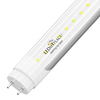
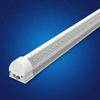
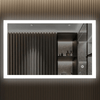


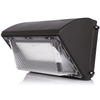


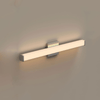





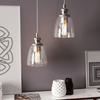


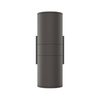










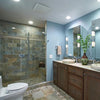

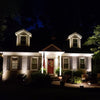
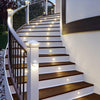

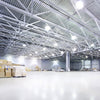
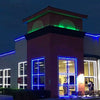


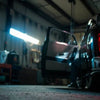


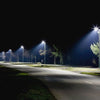




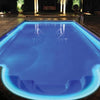
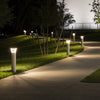
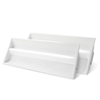




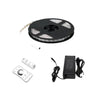


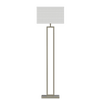

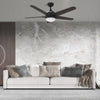

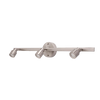




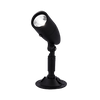
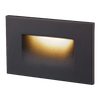




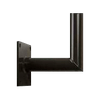
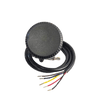
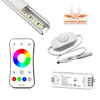




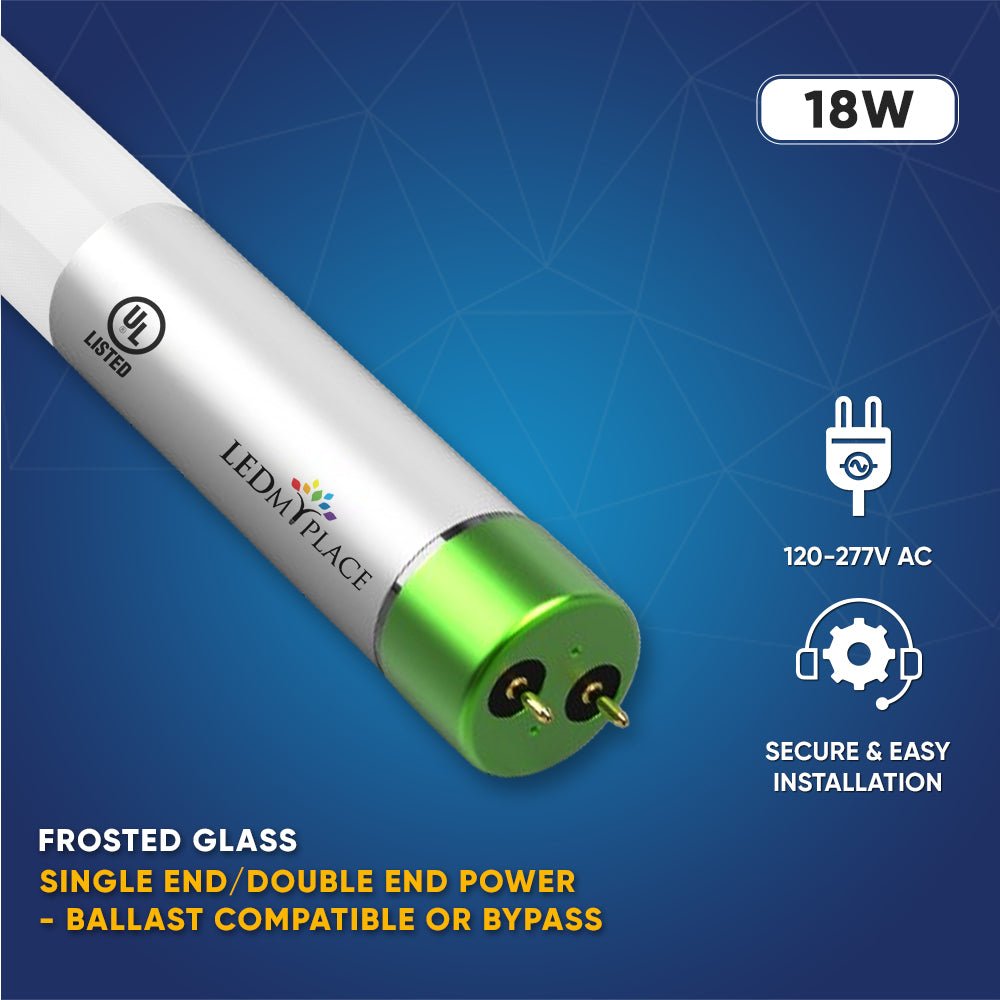
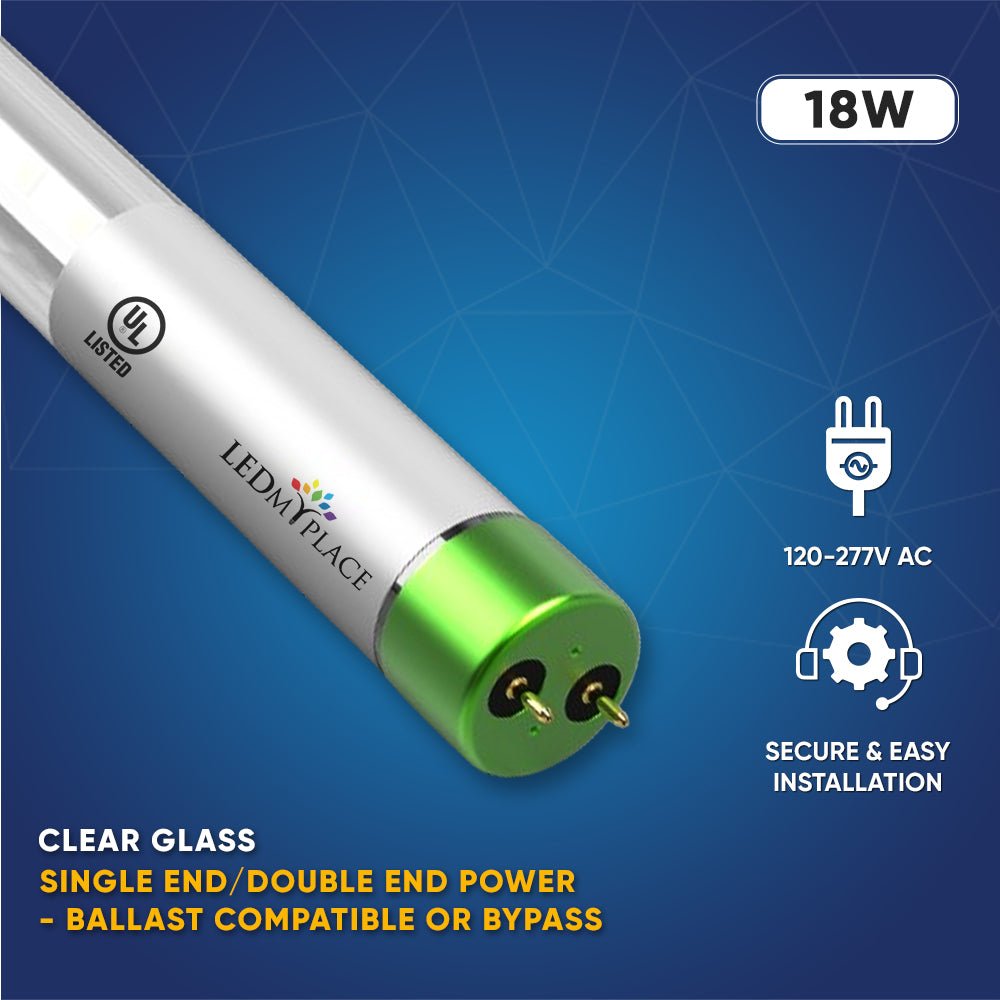
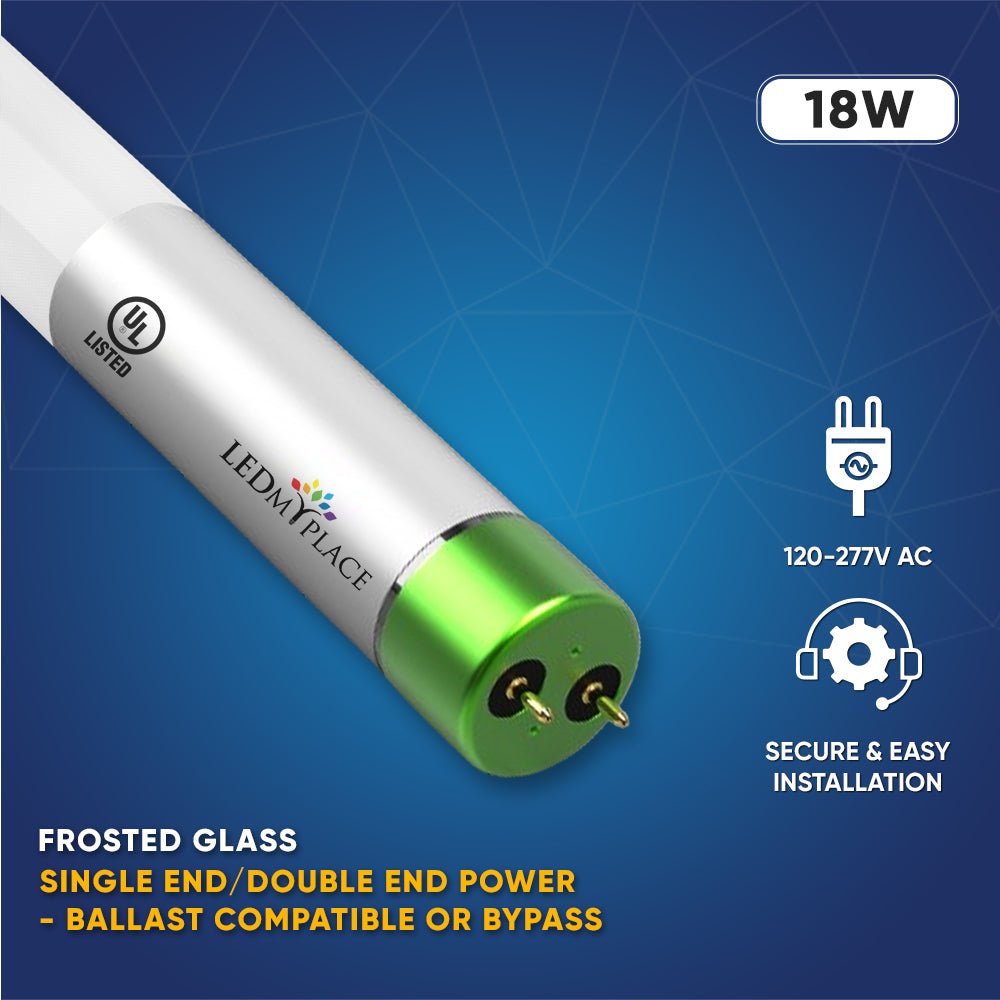
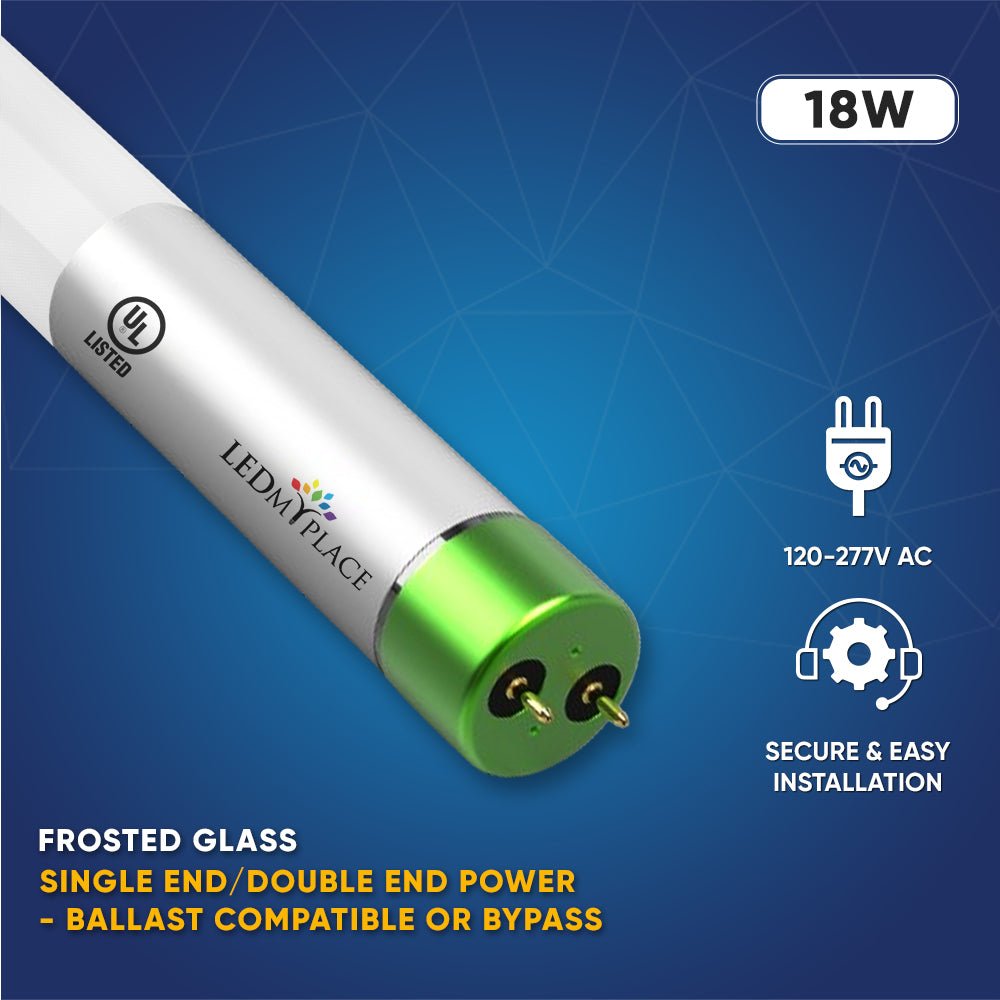
1 comment
Thank you for your straightforward and easy to understand article.
Kins regards